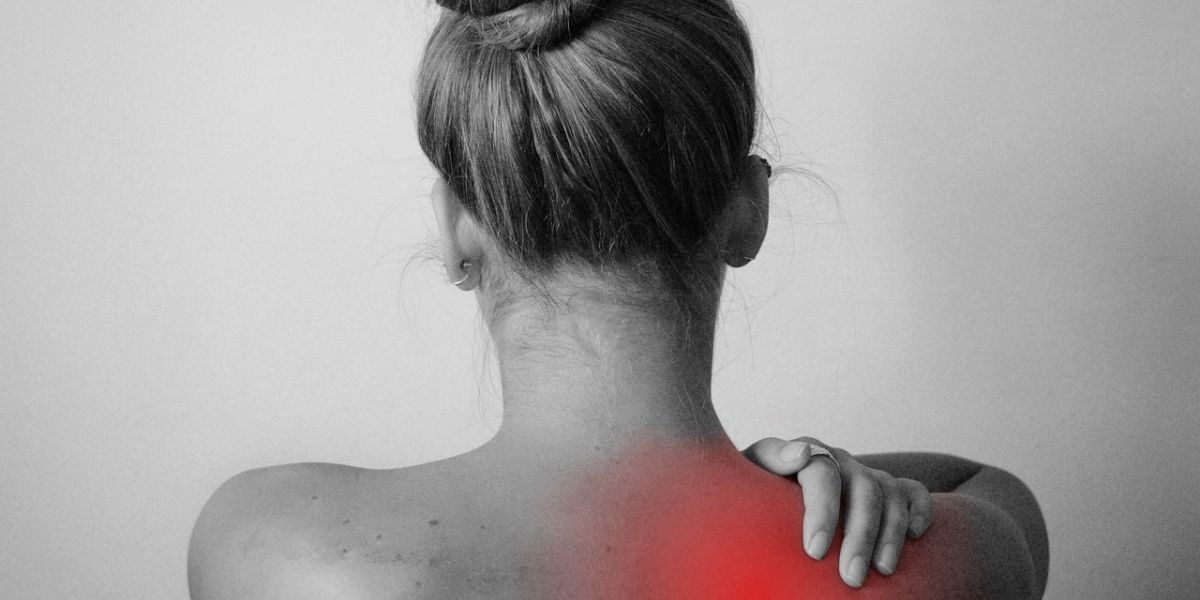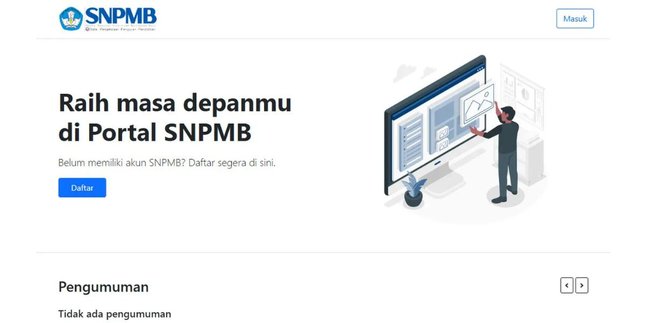Kapanlagi.com - Gout is often associated with joint pain that disrupts, especially in the big toe or knee. However, did you know that this problem can also attack the spine? Although considered rare, the accumulation of uric acid crystals in the spine can cause severe pain, weakness, and even sensory disturbances.
This condition is known as spinal gout and usually affects the lumbar area, or the lower back. The spine, especially this part, plays a crucial role in supporting the body and facilitating various daily activities. When gout disrupts the function of the spine, of course, our activities can be affected.
Unfortunately, many people are unaware of the early symptoms of this condition. A study in 2021 revealed that gout in the spine is often missed in diagnosis due to a lack of understanding of the symptoms that arise. Therefore, it is very important for us to recognize the early signs. With better knowledge, we can promptly receive appropriate treatment and prevent further impacts on our health.
1. Recognizing Gout Symptoms in the Spine
Unlike gout attacks in the big toe that cause swelling and redness, gout in the spine has more complex symptoms and is often misinterpreted as a common back problem.
Some common symptoms include:
- Intense back pain, especially in the lumbar area
- Persistent neck pain
- Weakness in the back and legs
- Numbness or tingling in the back, buttocks, and legs
- Loss of bladder or bowel control in more severe cases
Uric acid crystals that accumulate in the spine can disrupt the body's stability and flexibility. As a result, sufferers may experience difficulty moving or even balance issues. If these symptoms appear suddenly and worsen, consult a doctor immediately for further examination.
2. Causes of Uric Acid in the Spine
The main cause of uric acid in the spine is the same as uric acid in other joints, which is the high level of uric acid in the blood that the body cannot eliminate optimally.
Several factors that can increase the risk of this condition include:
- Consumption of foods high in purines, such as offal, red meat, seafood, and alcohol
- Obesity or being overweight
- Kidney disease that hinders the excretion of uric acid
- Insulin resistance due to high blood sugar
- Use of certain medications, such as diuretics
When the level of uric acid in the blood exceeds the normal limit (more than 7 mg/dL in men and 6 mg/dL in women), the likelihood of uric acid crystal formation increases. If this condition is left untreated, the risk of complications such as spinal stenosis or narrowing of the spinal segments can increase.
3. How to Diagnose Uric Acid in the Spine
Because its symptoms often resemble other spinal diseases such as spinal stenosis or herniated discs, diagnosing uric acid in the spine requires more in-depth medical examination.
Doctors typically take the following steps to ensure a diagnosis:
- Physical examination to evaluate the level of pain, muscle weakness, or loss of sensation in the back and legs
- Blood tests to measure uric acid levels in the blood
- Medical imaging such as X-rays, CT scans, or MRIs to look for the presence of uric acid crystal deposits around the spine
- Joint fluid analysis if necessary, to detect uric acid crystals directly
With the right examination, doctors can determine whether the back pain experienced is truly caused by uric acid or another similar medical condition.
4. Gout Treatment in the Spine
Treatment for gout in the spine usually involves a combination of medications and lifestyle changes.
Some commonly used medications to relieve symptoms and prevent recurrence of attacks include:
- Nonsteroidal anti-inflammatory drugs (NSAIDs) such as indomethacin or naproxen to relieve pain and inflammation
- Xanthine oxidase inhibitors such as allopurinol and febuxostat to reduce uric acid production
- Uricosuric agents such as probenecid to increase uric acid excretion through urine
Additionally, physical therapy can also help improve flexibility and strength in the back to prevent easy recurrence.
5. Prevention of Gout Recurrence
Preventing gout in the spine is easier than treating it. Here are some steps that can be taken:
- Maintaining an ideal weight to reduce pressure on the spine
- Avoiding high-purine foods that can increase uric acid levels
- Regular exercise, especially swimming, which is good for joint health
- Consuming enough water to help the body naturally eliminate uric acid
- Reducing alcohol and sugary drink consumption that can worsen the condition
Healthy lifestyle changes will greatly help in reducing the risk of future gout attacks.
6. Questions & Answers
1. Can spinal gout be completely cured?
Spinal gout can be managed with proper treatment and lifestyle changes, but if it has caused serious complications, it may require long-term care.
2. What foods should be avoided to prevent gout?
Organ meats, red meat, seafood, sugary drinks, and alcohol should be avoided as they can increase uric acid levels in the blood.
3. Can exercise help reduce the risk of spinal gout?
Yes, exercises like swimming or yoga can help maintain joint health and prevent gout flare-ups.
(kpl/rmt)
Disclaimer: This translation from Bahasa Indonesia to English has been generated by Artificial Intelligence.












